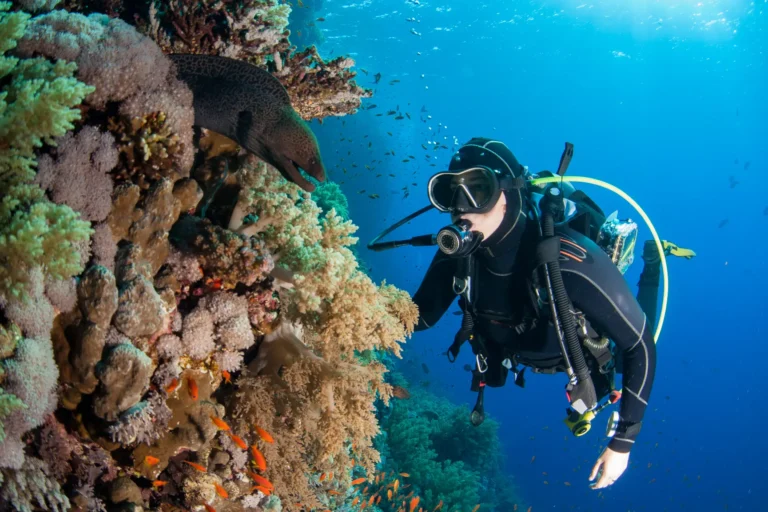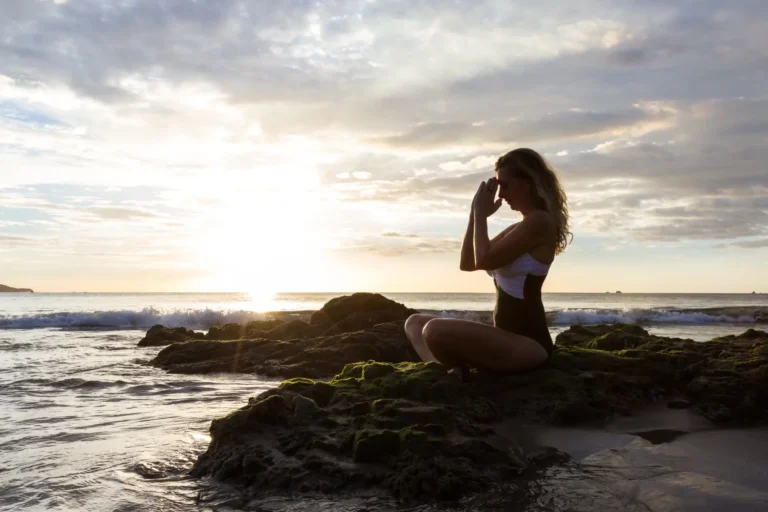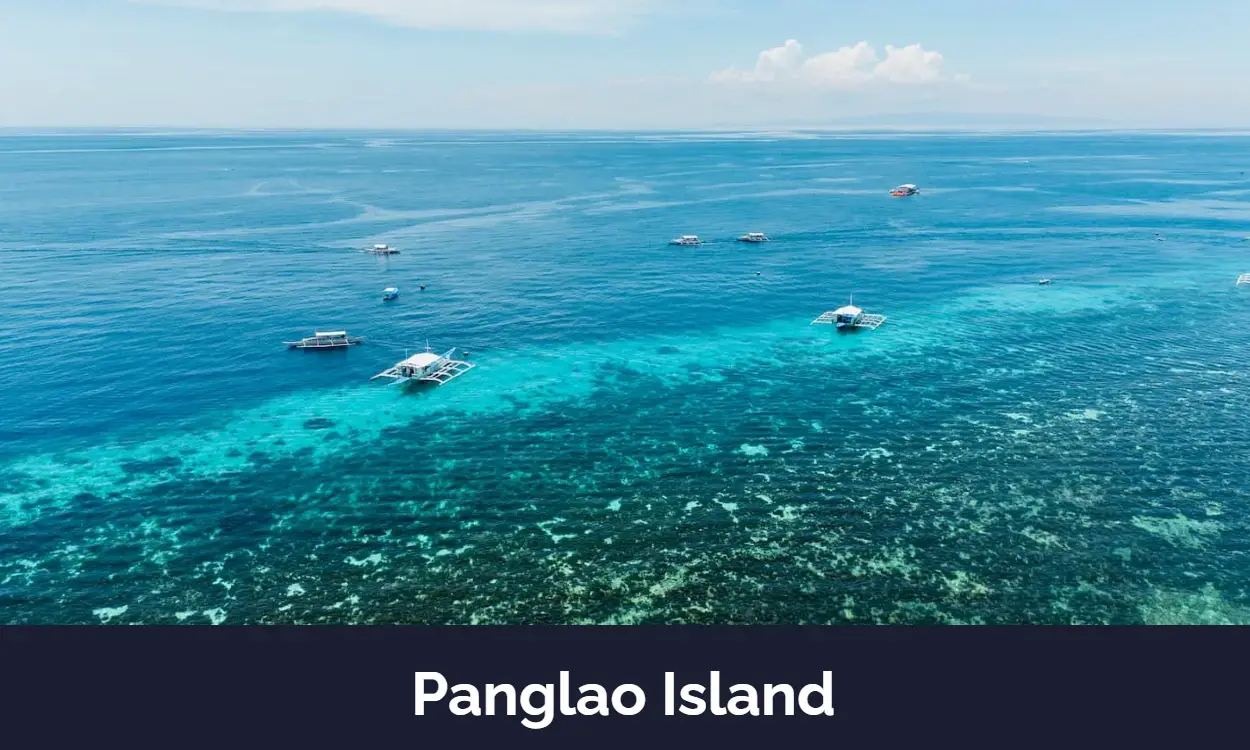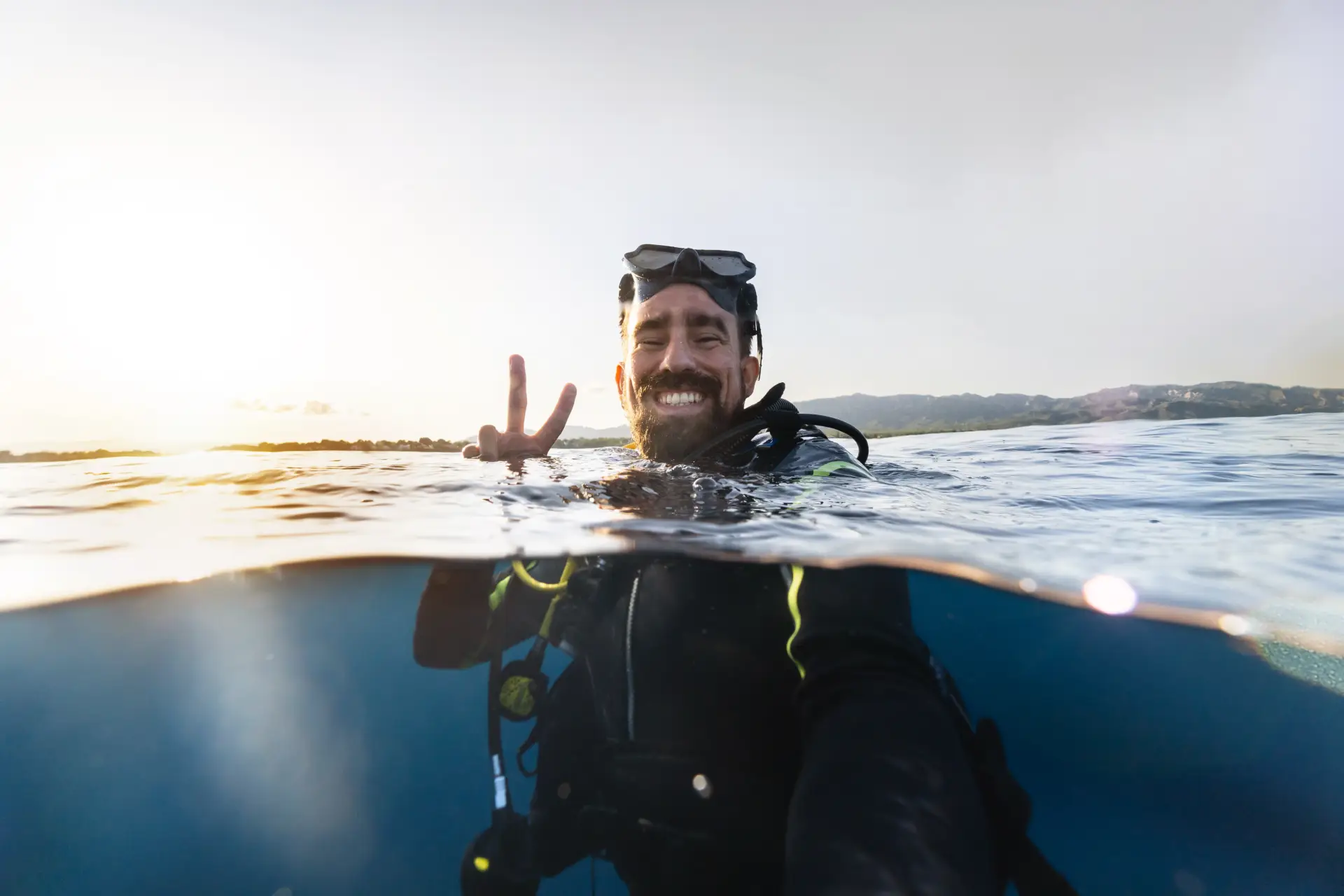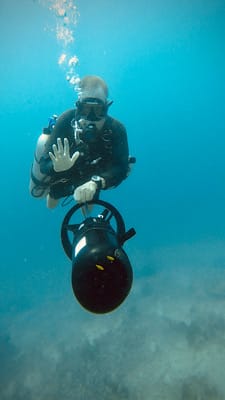The Secret Language of Coral: How Reefs Communicate and Respond to the Environment
To the human eye, a coral reef is a breathtaking cityscape of impossible shapes and vibrant colours. We see it as a stunning, silent world. But what if we told you that it’s not silent at all? What if that entire, sprawling metropolis is constantly alive with a hidden language—a complex system of signals, warnings, invitations, and battles?
When you dive on the magnificent reefs of Bohol, you are not just swimming through a static garden of rock; you are gliding through a dynamic, communicating superorganism. At Sierra Madre Divers, we believe that understanding this secret world transforms your dive from a sightseeing tour into a profound conversation with nature.
So, let’s pull back the curtain. Let’s decode the secret language of coral and discover how these incredible animals talk to each other and respond to the world around them.
The Chemical Conversation: Whispers on the Current
The primary language of the reef is chemical. Corals are master chemists, constantly releasing invisible compounds into the water to send messages, defend their territory, and even coordinate a reef-wide romance.
1. The “Shout” of Spawning: One of the most spectacular events in the ocean is a synchronized mass spawning. Once a year, triggered by a precise combination of water temperature and lunar cycles, entire reefs in a region will release their eggs and sperm into the water column at the same time. This isn’t a coincidence; it’s a coordinated conversation. The corals release chemical cues—pheromones—that signal “It’s time!” to their neighbours. This massive, synchronized release overwhelms predators and maximizes the chances of fertilization. It’s the reef’s single loudest “shout,” ensuring the survival of the next generation.
2. The “War” for Real Estate: The reef is a crowded city where space is at a premium. Corals are in a constant, slow-motion battle for sunlight and access to nutrient-rich currents. This isn’t a passive competition. If one coral gets too close to another, it can deploy its “sweeper tentacles”—specialized, elongated tentacles packed with powerful stinging cells—to attack its rival. Some species release toxic chemicals to inhibit the growth of their neighbours, creating a “no-go” zone around them. When you see a distinct, dead patch between two different coral colonies, you may be witnessing the aftermath of this silent chemical warfare.
The Language of Light: Glowing with Intent
If you’ve ever been on a night dive with a blue or UV torch, you may have witnessed one of the reef’s most beautiful secrets: fluorescence. Under these specific light wavelengths, corals can glow with otherworldly shades of green, orange, and red. This isn’t just a pretty light show; scientists believe it’s a vital form of communication with their environment.
What is it? Coral fluorescence occurs when the coral’s tissue absorbs one colour of light (like blue) and re-emits it as a completely different colour (like green). They do this using special fluorescent proteins.
Why do they do it? The theories are fascinating:
- Natural Sunscreen: In the shallow, sun-drenched reefs around Panglao, these proteins may act as a natural sunscreen, converting damaging UV and blue light into less harmful wavelengths to protect the delicate algae living within their tissues.
- Photosynthesis Boost: In deeper water, where light is scarce, these proteins might do the opposite, converting the only available blue light into orange or red light, which is more useful for their symbiotic algae’s photosynthesis. It’s like giving their power source a pair of custom-made sunglasses.
- A Health Indicator: The vibrancy of these glowing colours might also be a signal of the coral’s health, a visual language we are only just beginning to understand.
The Ultimate Partnership: The Conversation Inside
The most important conversation on the reef happens within the coral polyp itself. Corals have a remarkable symbiotic relationship with microscopic algae called zooxanthellae. This partnership is the engine that drives the entire reef ecosystem.
The Deal: The coral provides the algae with a safe, protected home and the raw materials for photosynthesis (like CO2). In return, the algae act as a personal solar-powered chef, producing up to 90% of the coral’s food in the form of sugars.
When the Conversation Breaks Down: Coral Bleaching This vital partnership is sensitive to environmental stress, especially rising water temperatures. When the water gets too hot for too long, this conversation breaks down. The zooxanthellae begin to produce reactive molecules that are toxic to the coral. In a desperate act of self-preservation, the coral expels its lifelong partner.
This is coral bleaching. The brilliant white skeleton you see is the coral’s own tissue, now colourless without its algal partner. A bleached coral is not dead—but it is starving, stressed, and vulnerable. If conditions return to normal quickly enough, the coral can welcome its partner back. If not, it will die. Seeing a bleached reef is witnessing the tragic silence after a crucial conversation has failed.
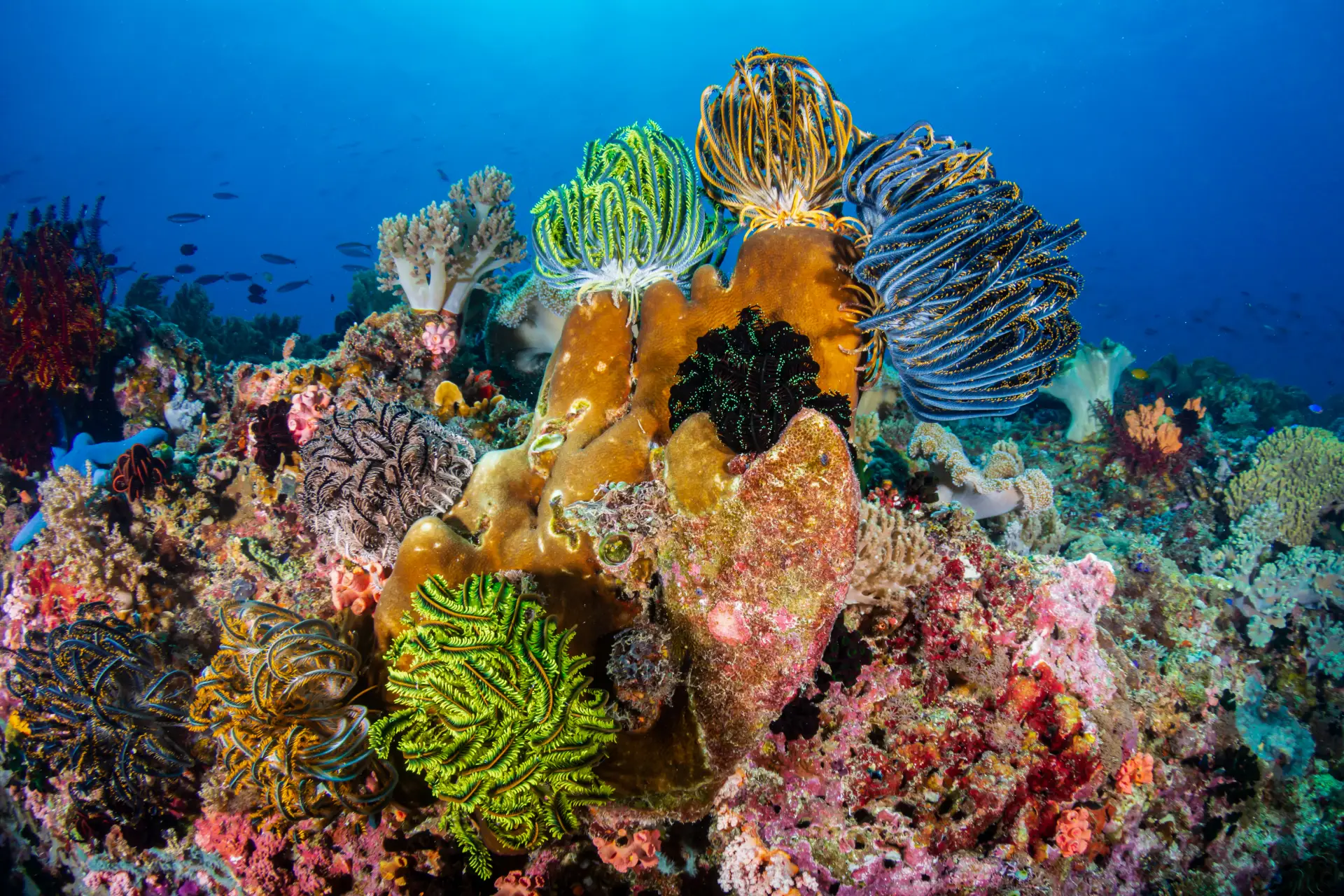
The Sound of a Healthy Home
While corals themselves don’t have ears, the newest and most exciting frontier of research shows that the sound of a reef is a critical form of communication. A healthy reef is anything but silent. It’s a cacophony of sound: the constant crackle and pop of snapping shrimp, the crunch of parrotfish chomping on rock, and the grunts and chirps of countless fish.
Scientists have discovered that coral larvae, after floating in the open ocean, listen for these sounds. The “soundscape” of a bustling, healthy reef acts as a beacon, guiding the larvae to a vibrant and suitable place to settle and begin a new colony. A quiet, degraded reef doesn’t send the right signals, and fails to attract the next generation. This “language of life” is essential for reef resilience and recovery.
Becoming a Reef Interpreter
The next time you descend onto a reef on a dive in Bohol, look closer. See the reef not as a collection of objects, but as a living, breathing, communicating entity. Notice the invisible lines where two colonies are locked in a territorial dispute. Appreciate the vibrant colours as a complex dialogue with the sun. Understand that the health of this city is written in its colour and its sound.
By diving with care—mastering your buoyancy, never touching the coral, and choosing to be a responsible underwater visitor—you respect this fragile world. You become a guardian of this incredible conversation, ensuring that the reef’s beautiful, complex language can continue for generations to come.
Join us at Sierra Madre Divers, and let our guides help you see the reefs with new eyes and a new understanding of the secret language of coral.

